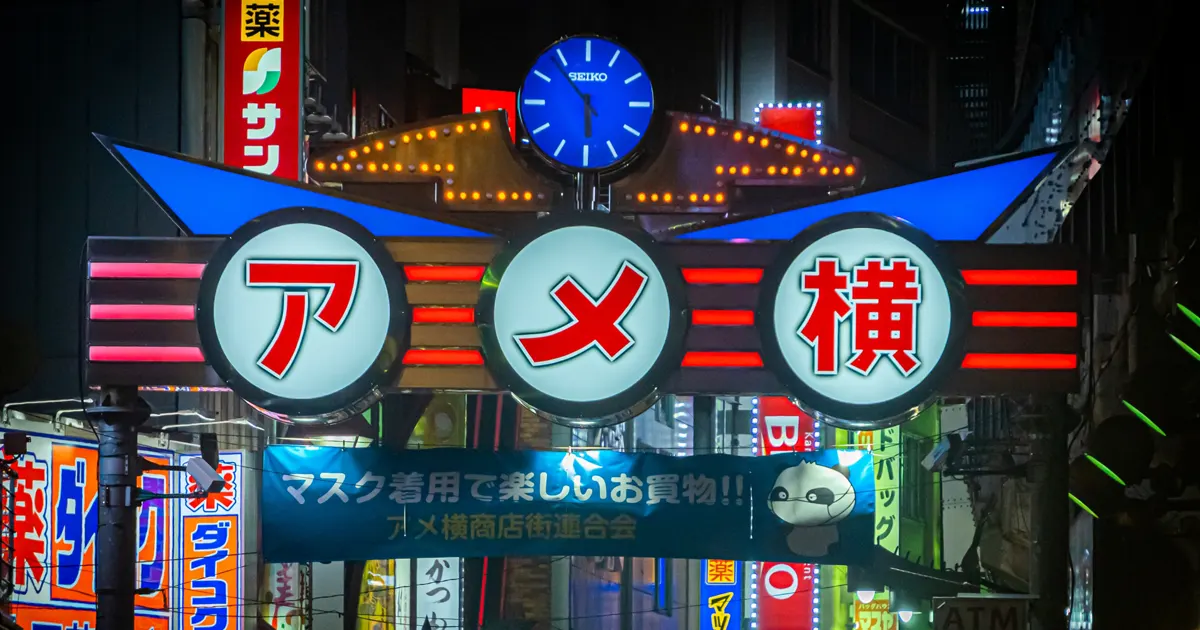Ame-yoko stretches from Ueno Station to Okachimachi Station and is known as a busy Japanese market street. Many visitors come for its market-like atmosphere, where fresh seafood, dried goods, clothing, and daily items line this popular street. Walking through the area gives you a sense of the neighborhood’s lively character.
The underground food area and the row of food stalls create a distinct setting that differs from other shopping streets. It is also easy to combine a visit with Ueno Park and nearby cultural facilities, making the area convenient to include in your travel plan.
Ameyoko Market Basic Visitor Info
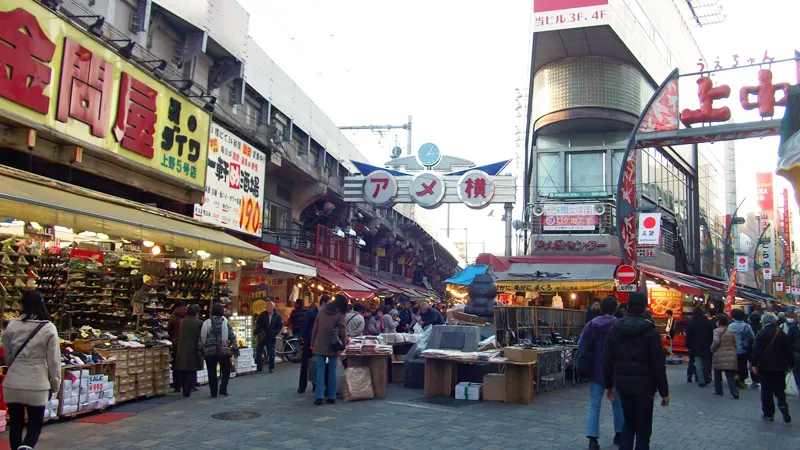
Ame-yoko covers about 500 meters between Ueno Station and Okachimachi Station. The dense cluster of shops gives it a market-like feel with a wide range of items such as food, clothing, and miscellaneous goods. It is known as a place where visitors can enjoy sightseeing and shopping together.
Ame-yoko Highlights and Nearby Spots
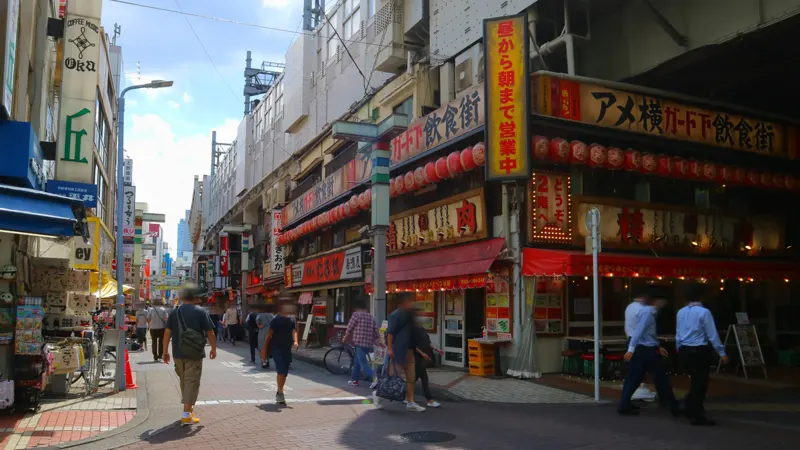
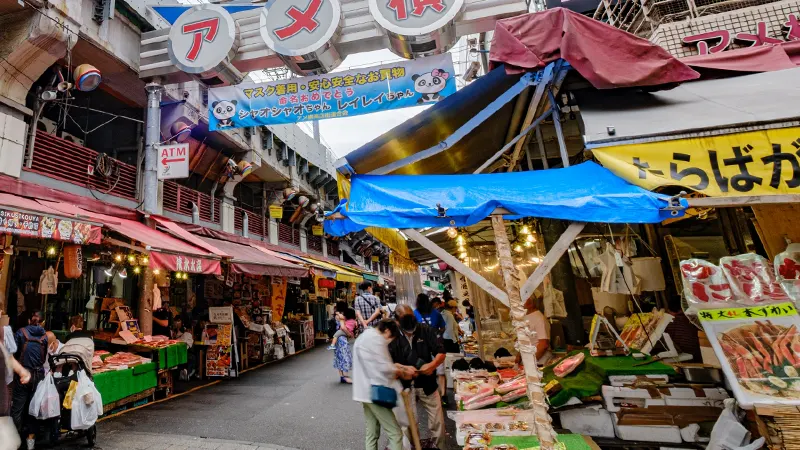
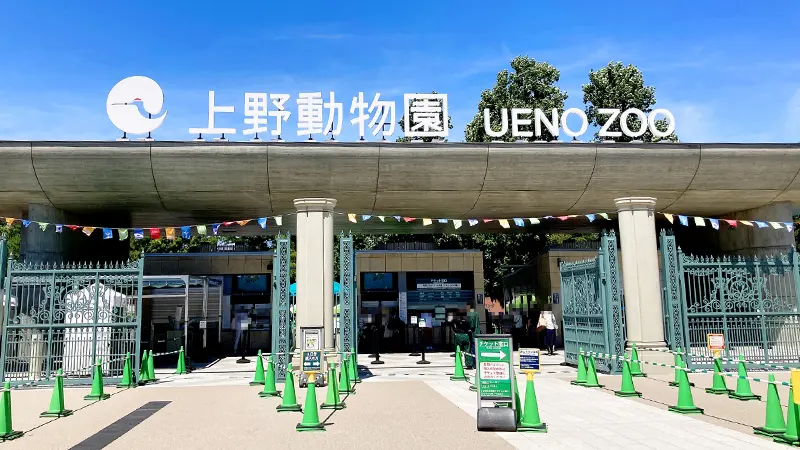
Highlights of Ame-yoko
- Market scenes with fresh seafood and dried goods
- International ingredients in the underground food area
- Food stalls where you can walk and eat while enjoying direct sales
Spots within 30 minutes
- Ueno Onshi Park for nature and cultural sites
- Ueno Zoo for diverse animal exhibits
- Ueno museum district for art and history
Ame-yoko Activities Guide
At Ame-yoko, you can walk through the street while comparing seafood and sweets, and explore the underground area filled with international ingredients. You can walk and eat grilled skewers or seafood from food stalls, and browse clothing and daily goods at local discount shops.

